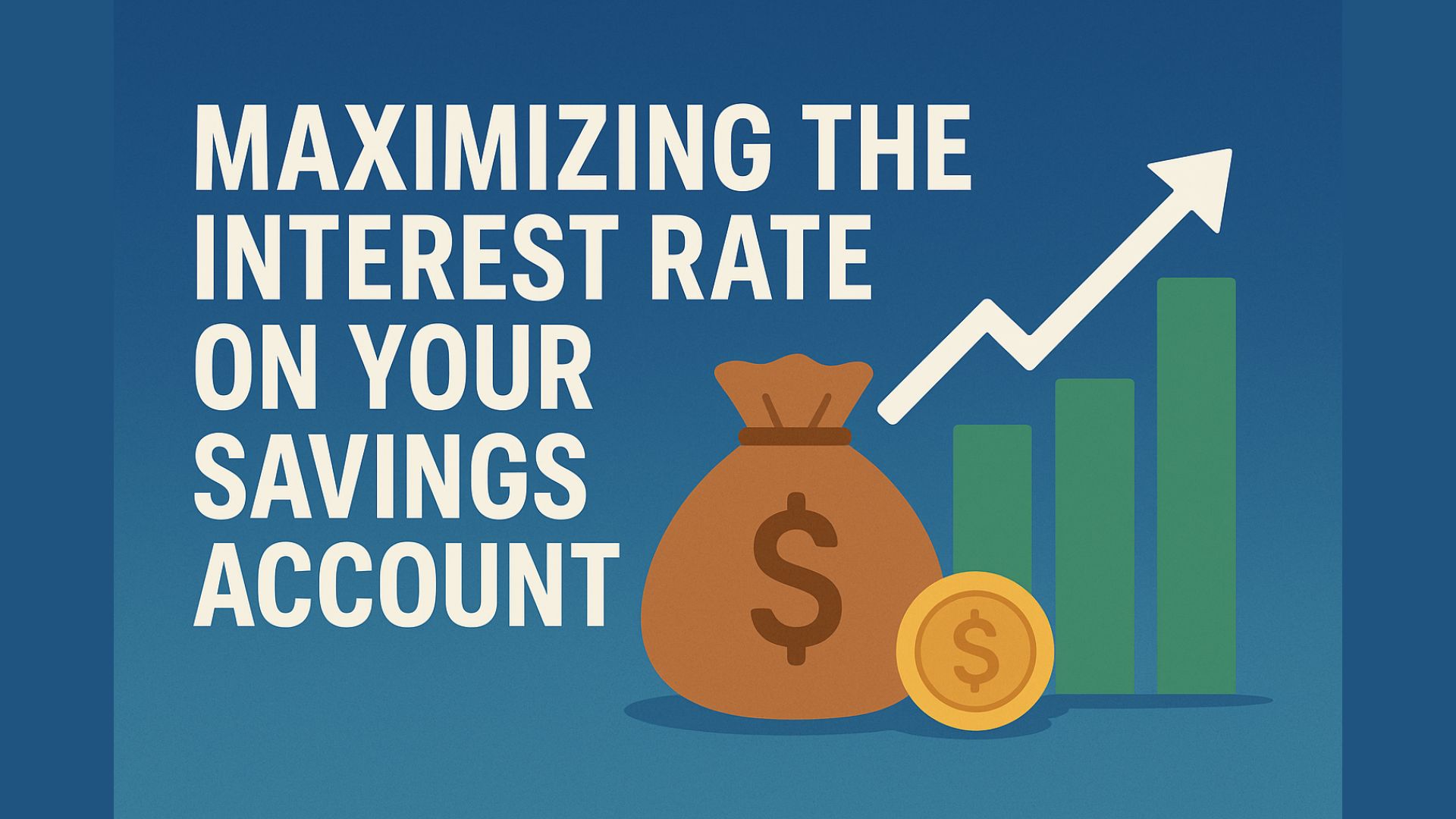We Are
How should your approach to portfolio management change as you age, especially as you near retirement? Kathryn Del Greco, Senior Investment Advisor with TD Wealth, speaks with MoneyTalk’s Kim Parlee about the importance of having goals and time horizons when making investment decisions.
Transcript
Kim Parlee – How should your approach to investing as you age, especially as you near retirement? My next guest says, no matter what your age may be or whether you’re male or female, it’s important to be clear what your goals are. Kathryn Del Greco is a Senior Investment Advisor at TD Wealth, joins me now, I should also mention, who has won many distinctions and awards for her work. It’s great to have you here.
Kathryn Del Greco – Oh, it’s great to be here.
Kim Parlee – I want to start talking about everything we mentioned in terms of the timing and how people should think about their investments as they age. But first, you have been in the industry for 30 years. Is that — so when you think about maybe the journey of women, maybe even as clients or as in the industry itself, what have you seen?
Kathryn Del Greco – Oh, my goodness. It’s been amazing. It’s actually been quite inspirational. I think 60% of all women now are investing in the stock market. And back when I started, the number was closer to 35%, maybe 40%. So that’s phenomenal. Women are far more in control of their finances now.
They’re not the silent partner in the meeting. Often, they’re the lead voice in the meeting. Whether it’s because women are deciding to stay single for longer, delaying having children for later, having more income-earning years earlier in those development part of their careers, women are in a very, very strong financial position. We know about divorce, whether it’s outliving their partners by four to five years, and inheritances.
I saw a statistic that said that women are going to be in control of nearly $4 trillion of assets by 2028. That’s almost double where we are today. So it’s a very, very exciting time to see how far women have come, and the fact that they are engaged and investing using all the tools available.
Kim Parlee – That’s fantastic. And it’s just so nice to hear just about even the first stat you talked about – women being more involved in the stock market – like, really, taking ownership of that. Getting to that, let’s talk a bit about that — you were saying, I know when you were speaking with my producer earlier, that it’s really important when you think about your portfolio and your age that you need to think about your needs and your time horizons. It’s like, when do you need this money? What do you need it to do? So just maybe elaborate on that a little bit, if you wouldn’t mind.
Kathryn Del Greco – Absolutely. Investing isn’t a binary event. And I’m always working with clients to have them focus, not so much on benchmark rates of returns, what is the market doing, and all the sort of lingo that we refer to in the business, but, really, what does the money need to do for you? What is the purpose of it?
Is it cash flow? Is it there to support your income needs because you haven’t got a significant pension? Is it estate planning? Are you more interested in leaving a legacy behind? Or are you more interested in helping your children while you’re alive to see the benefit of having them buy their first home, of — paying for their children’s education, their grandchildren’s education?
So money has a role to play in your life. And it’s not just about a rate of return. So we want to build a portfolio that helps you meet those types of goals.
Kim Parlee – I’m sure there’s a lot of people that sometimes don’t think about those things. When they come into the conversation, and when you probably surprise them by saying, look, what are you actually trying to do here?
Kathryn Del Greco – I often say, what does the money need to do?
Kim Parlee – Yeah.
Kathryn Del Greco – It’s as simple as that. 84% of women, just to bring this together, view investing as a tool that allows them to have choices in life. And I think that’s a fantastic way to view investing. And I think a lot of men embrace that as well. And that’s the conversations we need to be having, rooted in financial plans, tell me about what this money needs to do for you, while you’re alive and after you’re gone.
Kim Parlee – Let me ask you, just going to the other side of it, the actual investment side too and again, I know it depends on people, and when they need the money, the time horizon right now, but when you think about 60/40, is that something that’s still alive and well or not?
Kathryn Del Greco – Well, as we all know, the 60/40 investor really got hurt hard in 2022.
Kim Parlee – Yes.
Kathryn Del Greco – So I don’t believe in cookie-cutter approaches. And I think probably the industry kind of came to that conclusion as well. I think it’s really rooted in individual portfolio construction. And I don’t subscribe to general rule of thumb breakdowns like that. We can look at them as guidelines. But when it really comes down to the nuts and bolts of putting together a portfolio for someone, it’s very personalized and customized.
Kim Parlee – So when you’re looking at the nuts and bolts — and, again, personalized number one factor, you have to kind of look at what they need. Number two — or actually, I don’t know if it’s number two, but is interest rates. We are in a very unique interest rate environment as compared to how we were for the past 10 years. So what are some ways, maybe, we can think about that and take advantage of that?
Kathryn Del Greco – Well, it’s actually an exciting time. Because when I first started in the industry, we bought things like strip coupons, and Canada savings bonds, and fixed income was a fantastic tool. And given the decline in interest rates, it became, really, not a viable source of generating good rates of return. So in this interest rate world, we’ve certainly been hearing about the pain of the mortgage, particularly the variable rate mortgager.
But the flip side of that is, if you’ve got capital to invest, there are fantastic rates of returns in a very conservative asset class. If you can get north of 5% in a bond portfolio, that’s a meaningful contribution to an overall balanced portfolio. So there are advantages to be had, whether it’s through doing an individual bond portfolio. There’s tax efficiencies to buying individual bonds. There’s capital gains that could be earned. So there’s different ways we can approach fixed income. But our viewpoint right now is to be overweight fixed income.
Kim Parlee – And when the interest rate environment changes — now, keep in mind, if you’d asked me six months ago, the market thought by now we’d see rates falling, that hasn’t happened. But when rates do fall, if they do fall, what other opportunities might come in that way?
Kathryn Del Greco – Well, I think we have to remember that the markets, including the fixed income market and interest rate-sensitive marketplace, is anticipatory. So these are the decisions you need to be making now. Because we know eventually, we don’t know what month, but, eventually, we know the cycle is going to play itself out.
So I would be looking at sectors that really got the headwinds knocked out of them when interest rates rose. So when they actually decline, industries like the real estate investment trust marketplace, utility stocks, financial services stocks, they’re all still significantly under pressure. You’re not chasing higher prices. And you can get dividend yields anywhere between 4% and 6.5%, which is a really phenomenal rate of return. When rates do start to decline, they should get a lift.
Original Post















